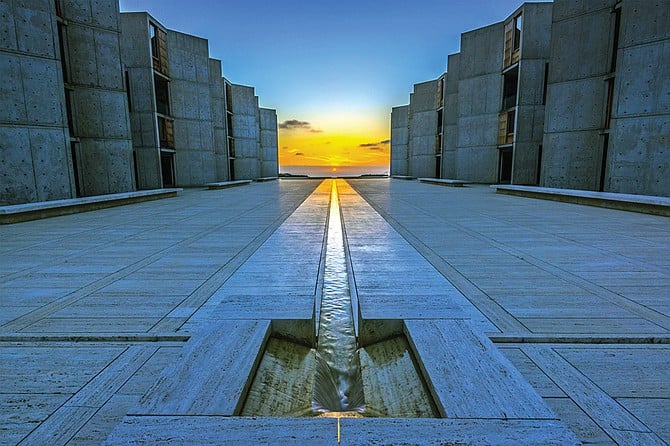 Facebook
Facebook
 X
X
 Instagram
Instagram
 TikTok
TikTok
 Youtube
Youtube

Fall Officially Begins at 12:21 pm local time on Wednesday, September 22. Not just the beginning of pumpkin-spice flavored everything but also a good excuse to throw an evening party to celebrate the occasion. At equinox, the sun shines directly down on Earth’s equator. The Fall season will continue for another three months until the sun “moves” to its farthest southerly point, winter solstice, December 21.
Equal Days and Nights – The word “equinox” comes from Latin aequus, meaning “equal,” and nox, “night.” On the equinox, day and night are nearly equal in length. Another consequence is that the sun at equinox always rises from a point on the horizon due east and later sets due west. You could calibrate a compass this way if you had access to a true (unobstructed) horizon. Another, subtle, consequence is that at mid-latitudes like ours, morning and evening twilight periods are shortest during equinox. From San Diego, the duration of twilight this week is about 90 minutes; last June it was about 98 minutes.
The Harvest Moon is the full moon closest to the Fall equinox. The full Moon rises around sunset for several nights in a row, which gives farmers extra light for them to finish their harvests before the colder fall temperatures begin. The Moon usually rises about an hour later each night, but around the time of the fall equinox, the angle of the Moon’s orbit and the tilt of the Earth cause the Moon to rise only about 20 to 30 minutes after sunset each night.
You can see in the stars that the season is changing: We’ve reached the time of year when, just after nightfall, cold-weather Cassiopeia has already climbed a little higher in the northeast than the warm-weather Big Dipper has sunk in the northwest. Cas bedecks the high northern sky in early evening during the fall-winter half of the year. The Big Dipper takes over for the milder evenings of spring and summer. Almost midway between them stands Polaris. It’s currently a little above the midpoint between the two.
The above comes from the Outdoors listings in the Reader compiled by Jerry Schad, author of Afoot & Afield in San Diego County. Schad died in 2011. Planet information from SkyandTelescope.org.


Fall Officially Begins at 12:21 pm local time on Wednesday, September 22. Not just the beginning of pumpkin-spice flavored everything but also a good excuse to throw an evening party to celebrate the occasion. At equinox, the sun shines directly down on Earth’s equator. The Fall season will continue for another three months until the sun “moves” to its farthest southerly point, winter solstice, December 21.
Equal Days and Nights – The word “equinox” comes from Latin aequus, meaning “equal,” and nox, “night.” On the equinox, day and night are nearly equal in length. Another consequence is that the sun at equinox always rises from a point on the horizon due east and later sets due west. You could calibrate a compass this way if you had access to a true (unobstructed) horizon. Another, subtle, consequence is that at mid-latitudes like ours, morning and evening twilight periods are shortest during equinox. From San Diego, the duration of twilight this week is about 90 minutes; last June it was about 98 minutes.
The Harvest Moon is the full moon closest to the Fall equinox. The full Moon rises around sunset for several nights in a row, which gives farmers extra light for them to finish their harvests before the colder fall temperatures begin. The Moon usually rises about an hour later each night, but around the time of the fall equinox, the angle of the Moon’s orbit and the tilt of the Earth cause the Moon to rise only about 20 to 30 minutes after sunset each night.
You can see in the stars that the season is changing: We’ve reached the time of year when, just after nightfall, cold-weather Cassiopeia has already climbed a little higher in the northeast than the warm-weather Big Dipper has sunk in the northwest. Cas bedecks the high northern sky in early evening during the fall-winter half of the year. The Big Dipper takes over for the milder evenings of spring and summer. Almost midway between them stands Polaris. It’s currently a little above the midpoint between the two.
The above comes from the Outdoors listings in the Reader compiled by Jerry Schad, author of Afoot & Afield in San Diego County. Schad died in 2011. Planet information from SkyandTelescope.org.
Comments